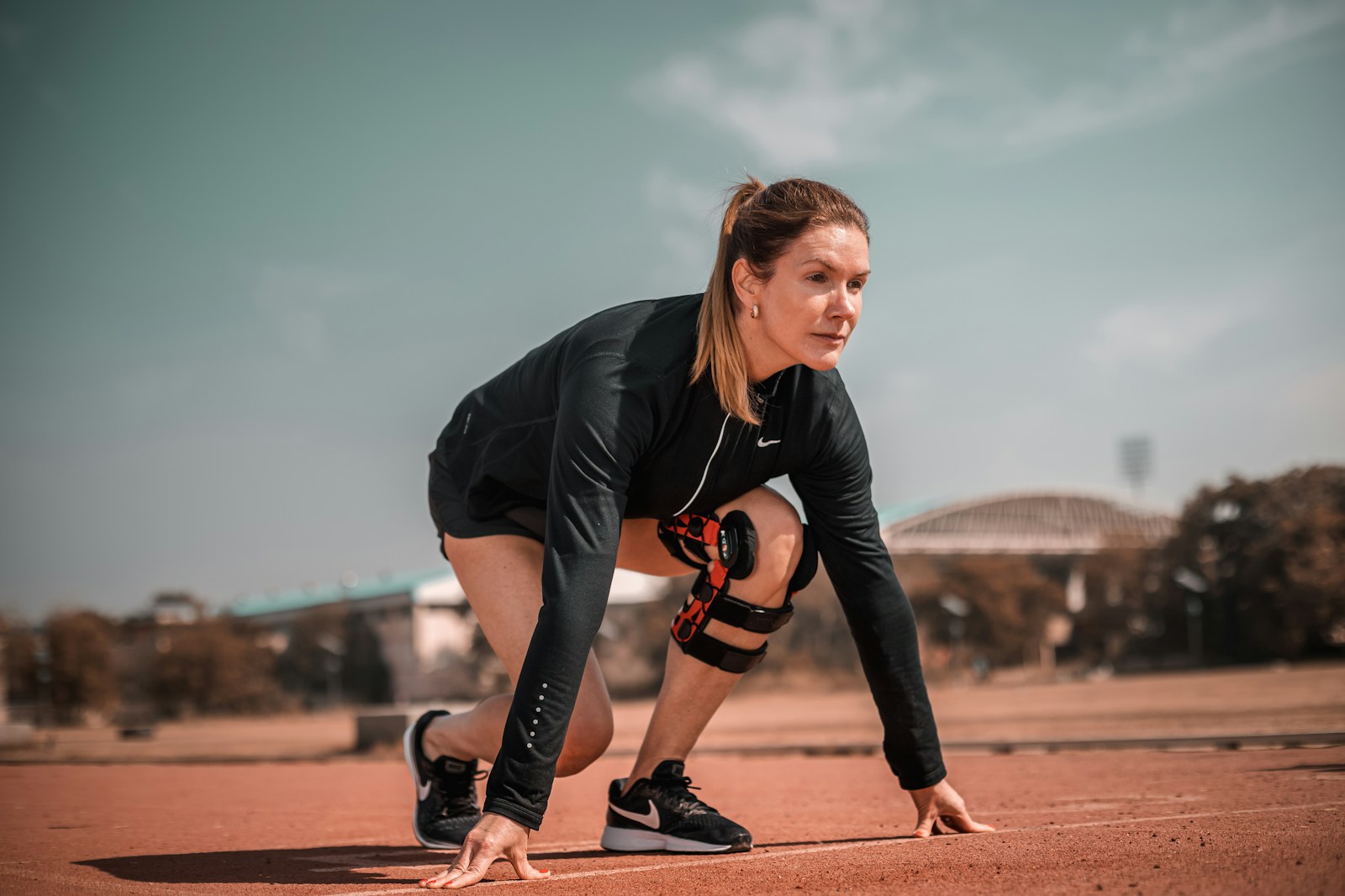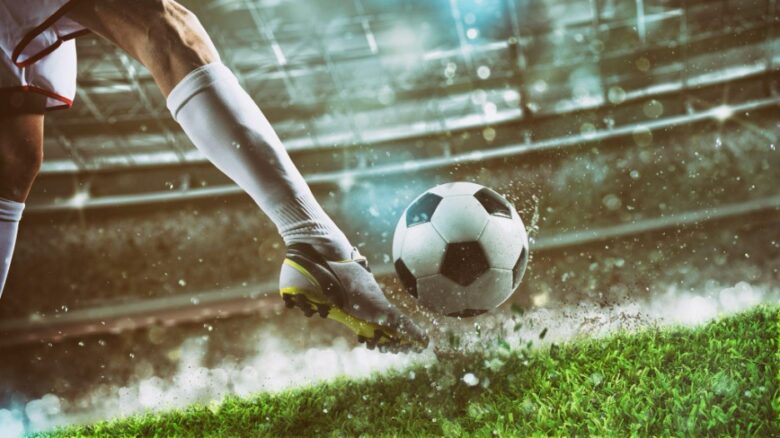
Speed and power are among the most important physical qualities in almost every sport. In football, they determine who reaches the ball first; in basketball, they distinguish an average defender from an elite one. In track and field, they are the very foundation of the discipline, while in tennis and combat sports, they are crucial for quick reactions, directional changes, and powerful movements. These abilities significantly enhance athletic performance—but their value goes beyond that. Just as importantly, they play a key role in injury prevention. Some people love sport in a way that they watch games or bet at casino allbets.tv/ph/casinos/minimum-deposit, but many people out there just want to train and to be successful.
Although it’s often assumed that such qualities are reserved for professional athletes, the truth is that recreational athletes, enthusiasts, and amateurs can also make remarkable progress if they apply the right methods. Daily routines used by professionals can be adapted to suit anyone, regardless of their current level of fitness.
Why Speed and Power Matter for Professional Athletes
In elite sports, the smallest margins determine the winner, a fraction of a second faster reaction or a slightly more explosive movement often makes the difference between success and failure. Speed and power are not just impressive physical traits that spectators admire, they are essential elements of every serious athletic performance.
Speed isn’t merely the ability to move fast in a straight line. For professional athletes, it includes reaction time (how quickly the body responds to an external signal), acceleration (how rapidly one reaches top speed), maximum sprinting speed, and agility the ability to change direction quickly without losing balance or control. For example, in football, a player must react to a pass within a split second, push off from a standstill, and sprint in the opposite direction, all while maintaining orientation on the field and staying balanced. Speed of a football player can directly affect a match result. For best betting sites and odds check Allbets Philippines.
In the context of sports, power isn’t just about how much weight an athlete can lift, it’s about how explosively and efficiently that strength can be applied in motion. Explosiveness enables high jumps, powerful strikes, quick starts, and sudden direction changes. For sprinters, for instance, every race starts with their ability to fire their muscles at exactly the right moment, that’s functional, athletic power in action.
Speed and power rely on the coordination between the brain and the muscles. The nervous system must transmit signals rapidly, while the muscles must respond with precision and force. The more efficient this connection is, the faster and more powerful the athlete becomes. That’s why high-level training isn’t focused solely on building muscle mass, it emphasizes muscle contraction speed, coordination, and motor control.
When the body is strong and capable of moving quickly and with control, it’s also more resilient to injuries. Many sports injuries happen during abrupt changes in direction, jumps, or physical contact. If the muscles aren’t strong enough, or if reaction time is too slow, the result is often excessive stress on tendons, joints, and ligaments. On the other hand, an athlete who develops both speed and power has more stable joints, stronger muscles to absorb impact, and a better chance of avoiding risky situations before they escalate into injuries.
Fundamental Principles of Speed and Power Training
For training to lead to real improvements in athletic performance, exercises must resemble the actual movements an athlete performs in their sport. It’s not enough to do general strength work or basic running drills, training must be functional and goal-oriented. For example, if a tennis player wants to improve explosiveness, exercises that involve quick lateral movements and trunk rotations will be far more effective than simply jogging on a treadmill. The more the body recognizes movement patterns from the sport itself, the better it transfers speed and power into real-game situations.
Progress doesn’t happen overnight, the body adapts gradually to increasing demands. That’s why it’s essential to raise training intensity in a structured and controlled way, whether it’s through more weight, faster execution, additional repetitions, or greater movement complexity. Jumping too quickly to high intensity can lead to injury or burnout, while staying at the same level for too long fails to stimulate development. The key is balance, challenging the body just enough to force adaptation, but not so much that it becomes overwhelmed.
Without adequate recovery, meaningful progress simply isn’t possible. Speed and power depend on a fresh nervous system and muscles that can react quickly and forcefully. When the body doesn’t get enough time to recover, performance declines and the risk of injury increases. Recovery isn’t just about lying down, sometimes active regeneration like light swimming, foam rolling, or low-intensity mobility work can be exactly what the body needs to bounce back. Quality sleep, proper nutrition, and mental rest are all crucial pieces of the recovery puzzle.
Raw strength without coordination isn’t very useful in sport. Similarly, a fast movement without stability can be inefficient or even dangerous. True athletic advantage comes when strength and coordination are developed together, when an athlete can not only generate force but also apply it precisely, at the right time and in the right direction. Exercises that engage multiple muscle groups and require balance, direction changes, and body control help develop this combination. In real sport situations, this leads to faster reactions, better decision-making on the move, and fewer mistakes.



